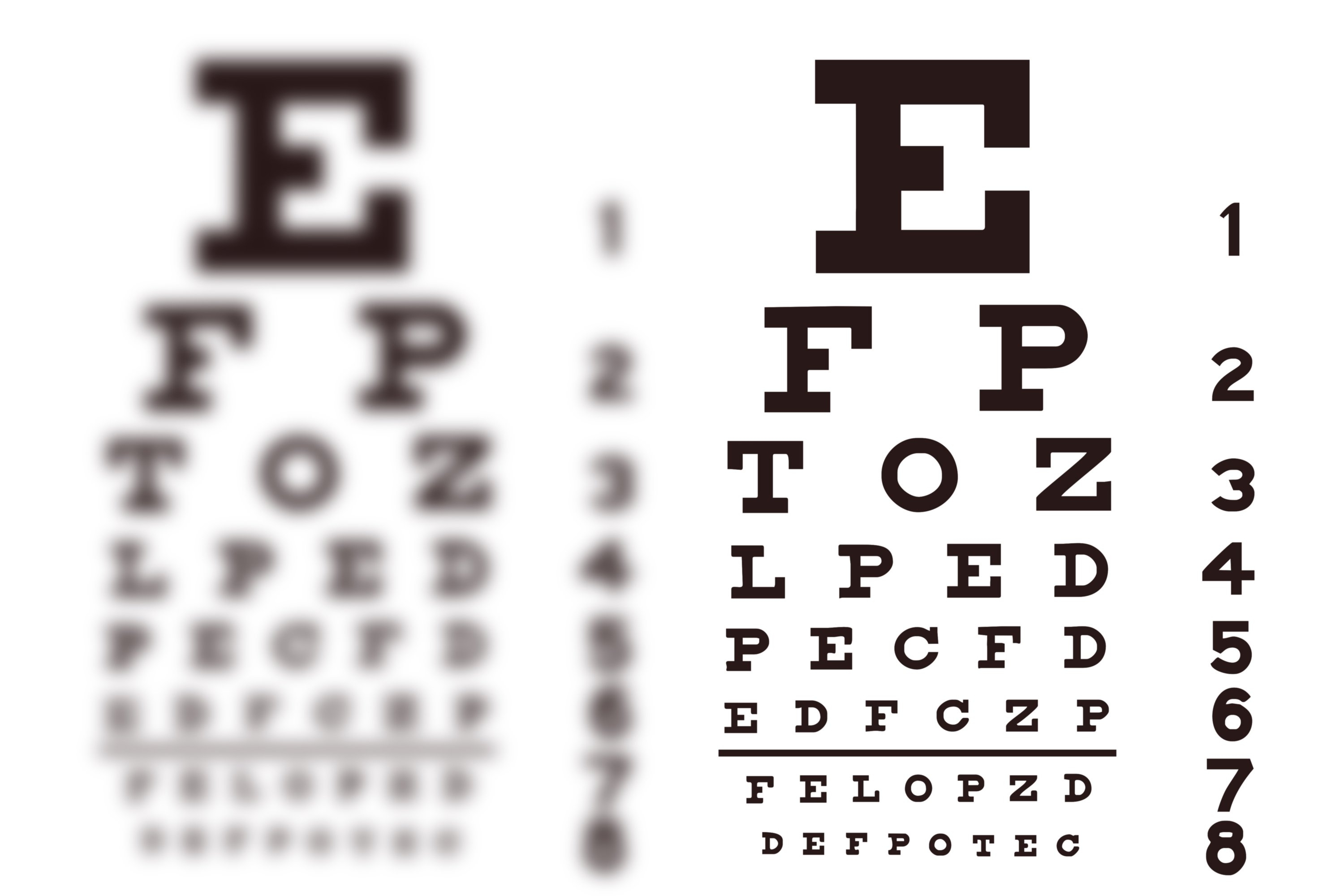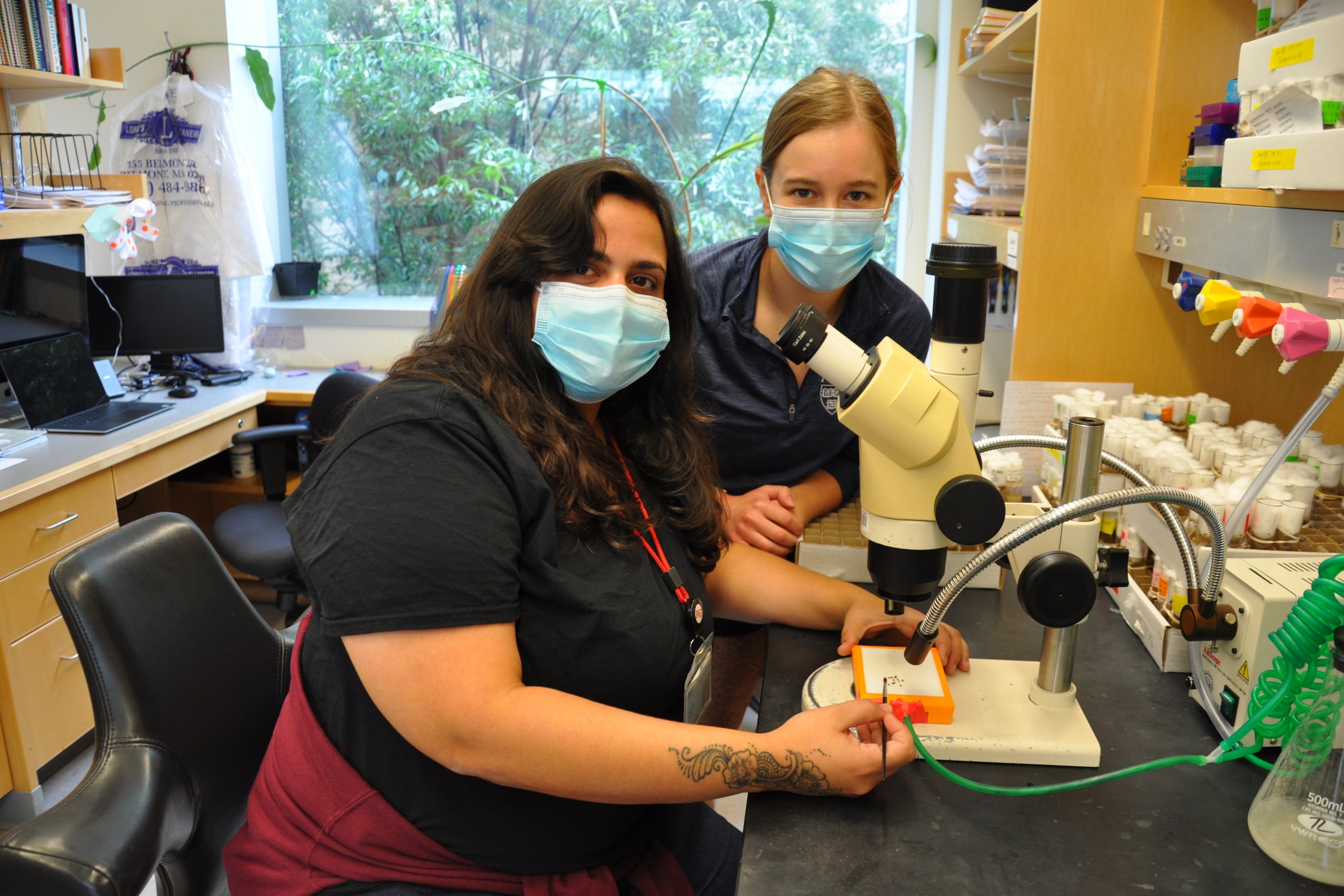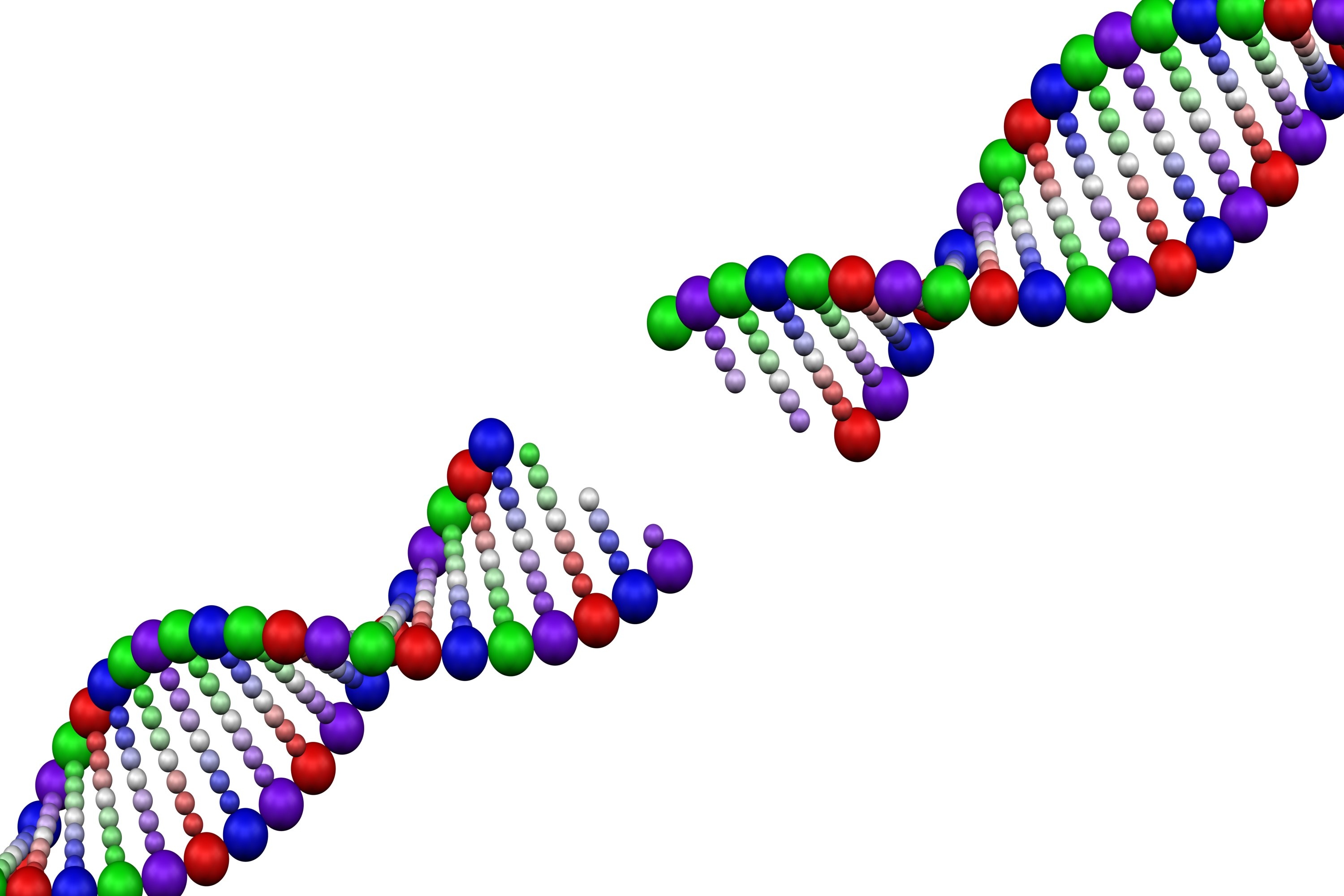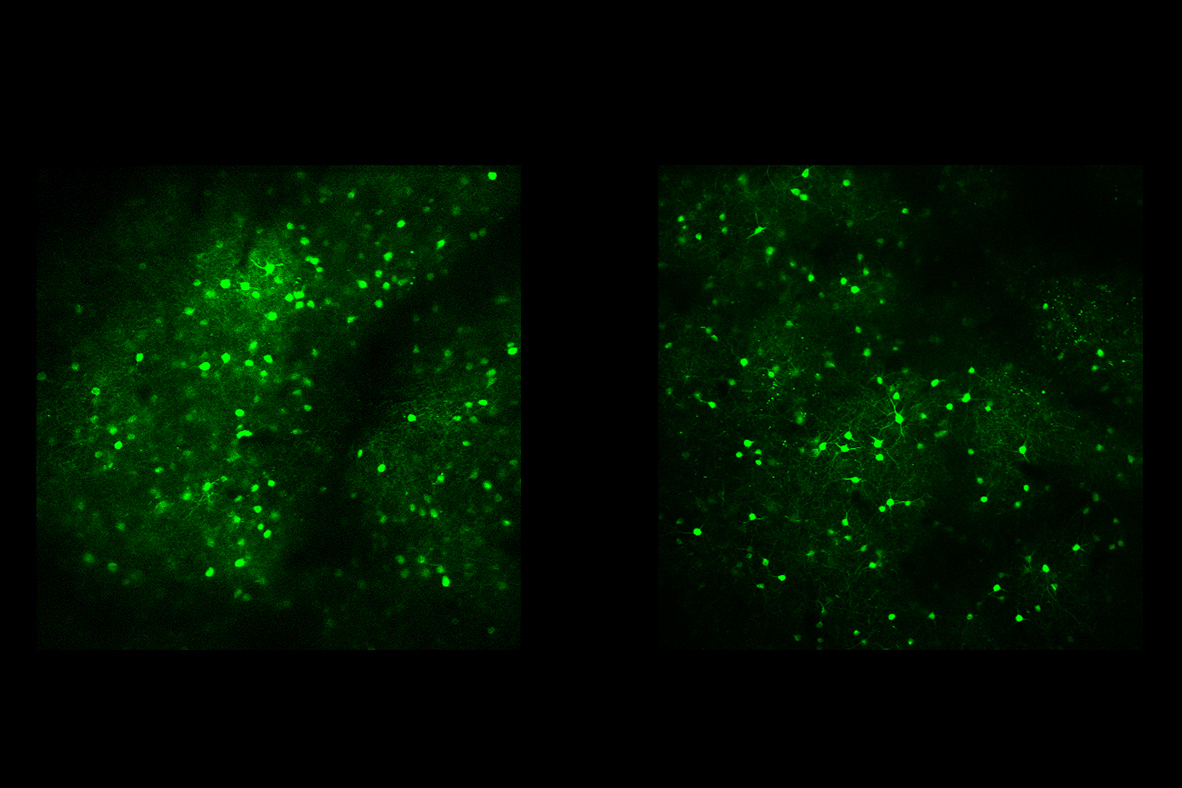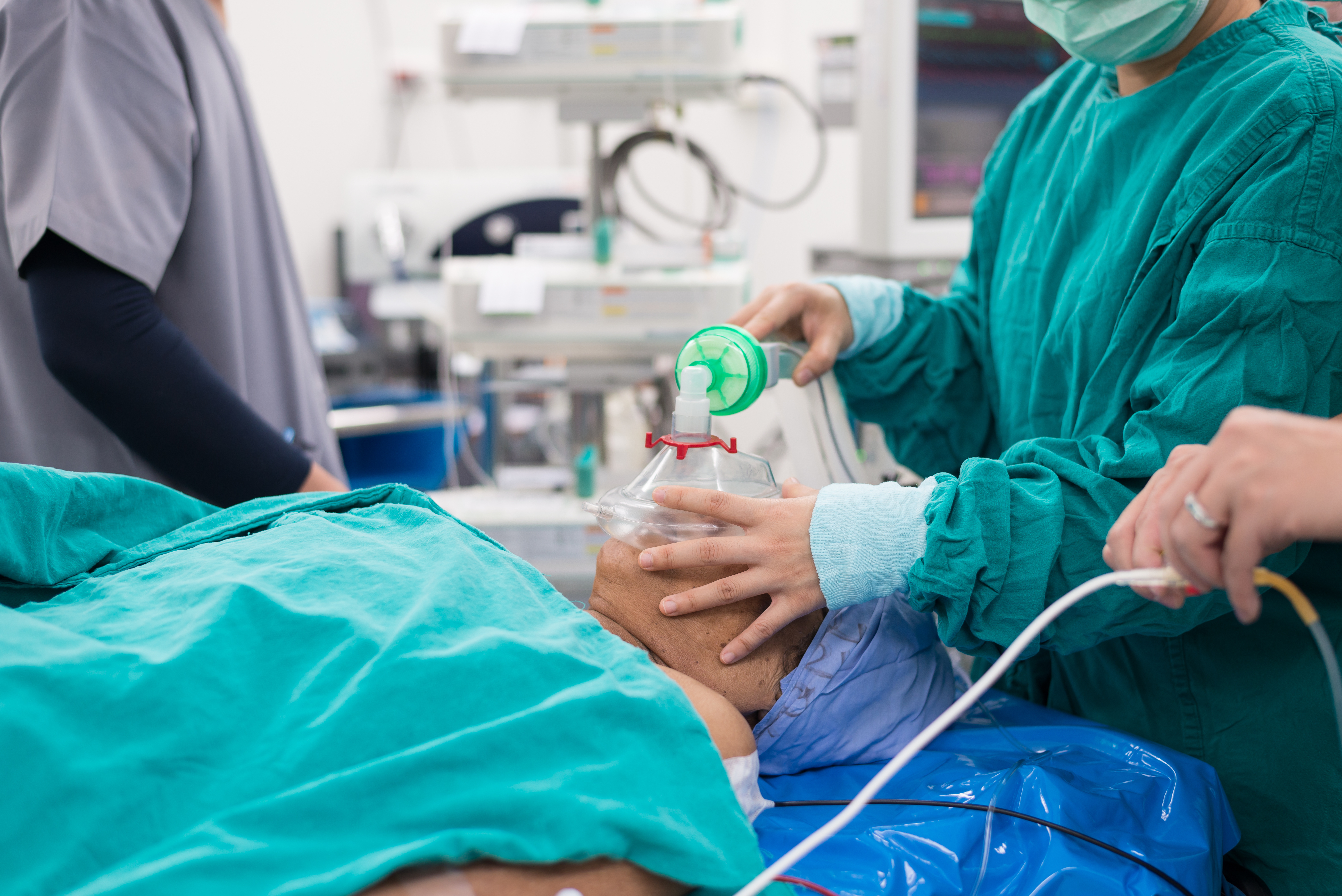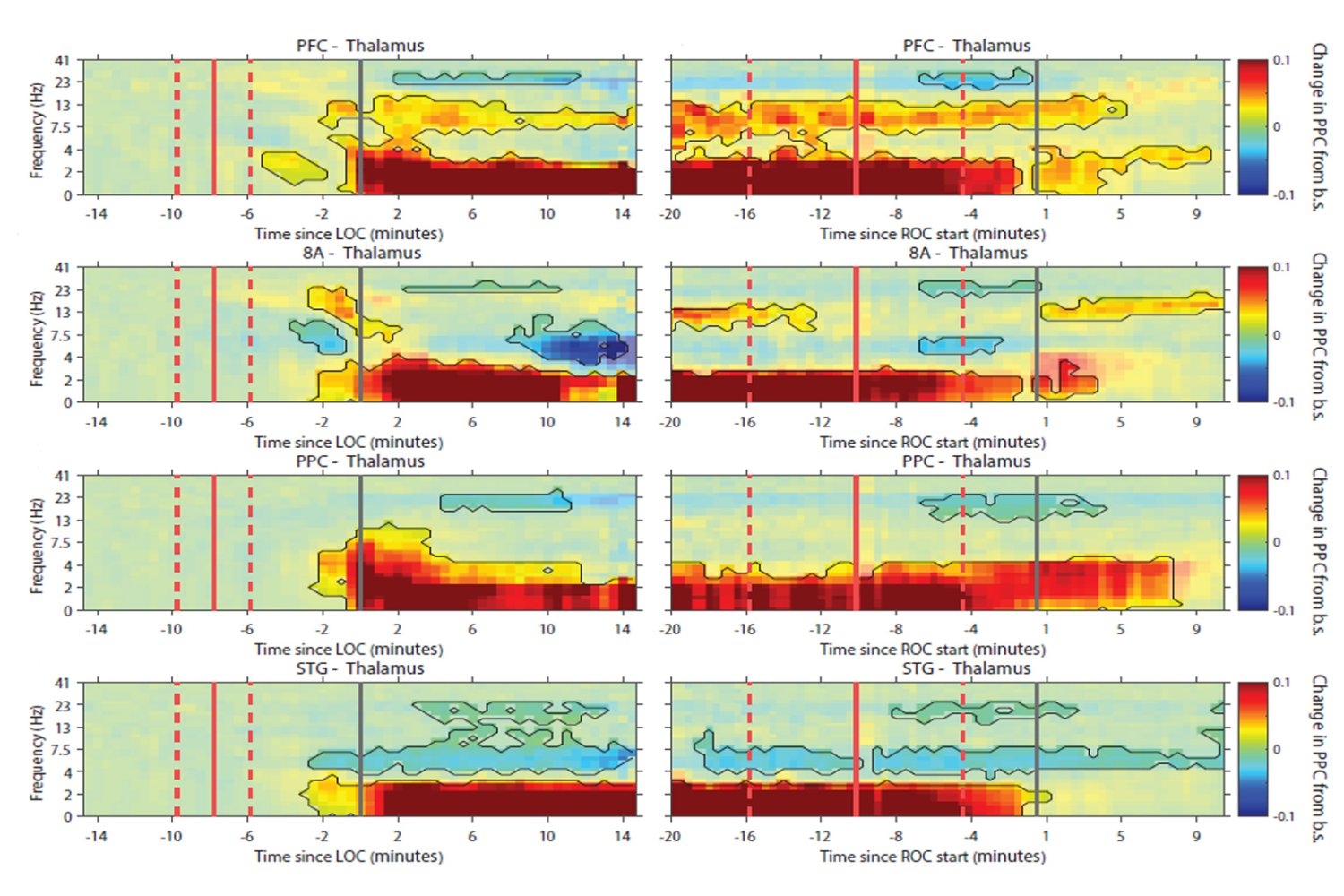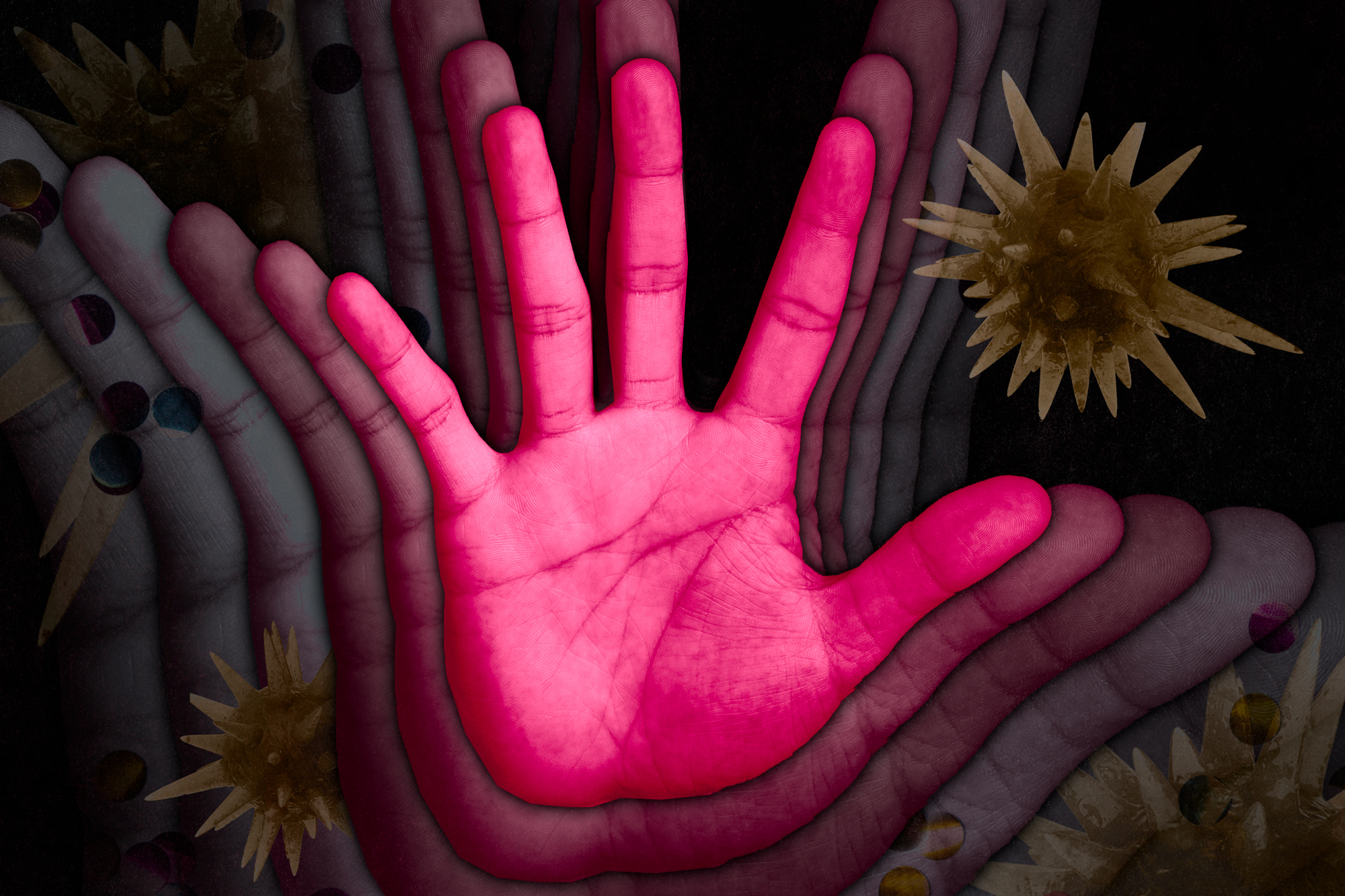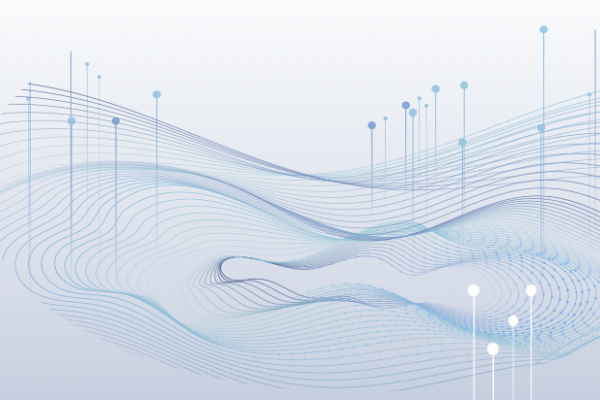Novel approach reverses amblyopia in animals
By temporarily suspending retinal activity in the non-amblyopic eye of animal models, neuroscientists restrengthen the visual response in the "lazy" eye, even at ages after the critical period when patch therapy fails.
Sept. 20, 2021 • ~6 min

